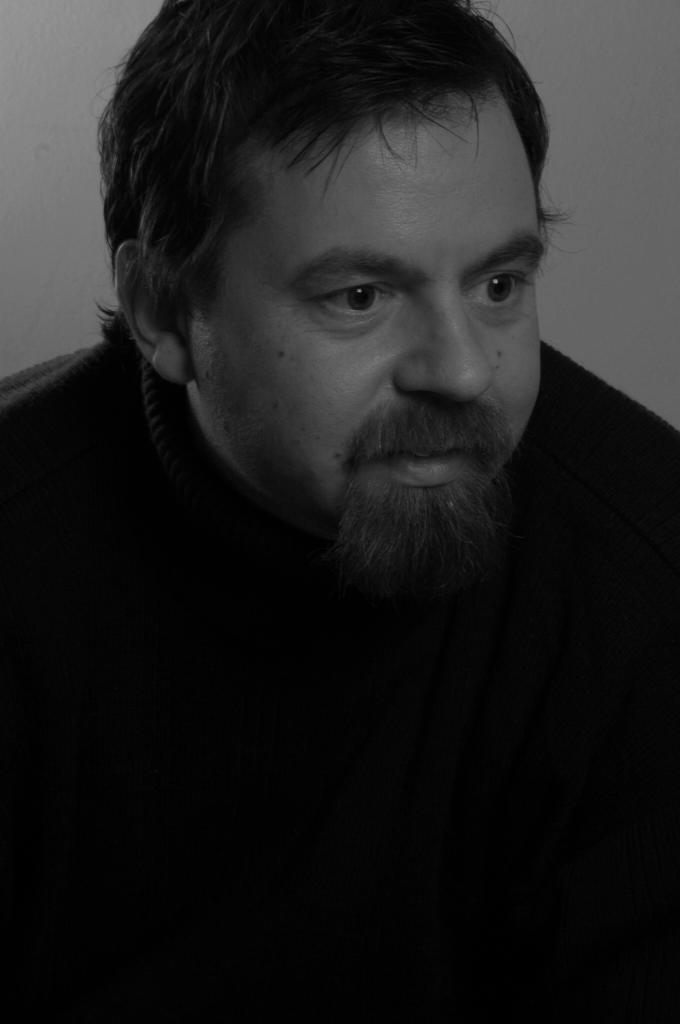 Bury St Edmunds, shrine of a king and cradle of the law, is, not surprisingly, the burial place of St Edmund. St Edmund was king of the East Angles, which is the territory now occupied by Norfolk and Suffolk. East Anglia therefore does not count Cambridgeshire or Essex within its boundaries. King Edmund's shrine was in Bury St Edmunds Abbey, which stands in ruins next to the cathedral. The walls are rough flint, but it was here that the barons made an oath to enforce the Magna Carta, and get King john to ratify it. Thus is Bury St Edmunds 'cradle of the law'.
Bury St Edmunds, shrine of a king and cradle of the law, is, not surprisingly, the burial place of St Edmund. St Edmund was king of the East Angles, which is the territory now occupied by Norfolk and Suffolk. East Anglia therefore does not count Cambridgeshire or Essex within its boundaries. King Edmund's shrine was in Bury St Edmunds Abbey, which stands in ruins next to the cathedral. The walls are rough flint, but it was here that the barons made an oath to enforce the Magna Carta, and get King john to ratify it. Thus is Bury St Edmunds 'cradle of the law'. The Cathedral is dedicated to St James and is of modern foundation, the diocese being created in 1914, around the same time as the Southwark diocese. The chancel of the church was rebuilt in the 1960s and the cathedral tower rebuilt between 2000 and 2005. The ceiling is brightly painted in the the chancel in imitation of maedieval painting. The cathedral close is an odd mixture of old and very old, with eighteenth century doors inserted into the rough original flint walls of the abbey buildings. It looks very unusual. Later on, Daniel Defoe, our first English novelist, lived in Bury St Edmunds after his release from prison, his house is now a strada restaurant.
The church of St Mary has the longest nave of any parish church in England (until I find another one with the longest nave. However the glory of the church is its hammer beam roof with life size angels. A heavenly choir adding praise to the earthly congregation and illustrating the church triumphant to the church 'militant here in earth'.
To come up to date, the first ever illuminated roadsign was erected in Bury St Edmunds in the 1930s. It still points the way!
There are also meadieval gateways but they lead nowhere.





No comments:
Post a Comment